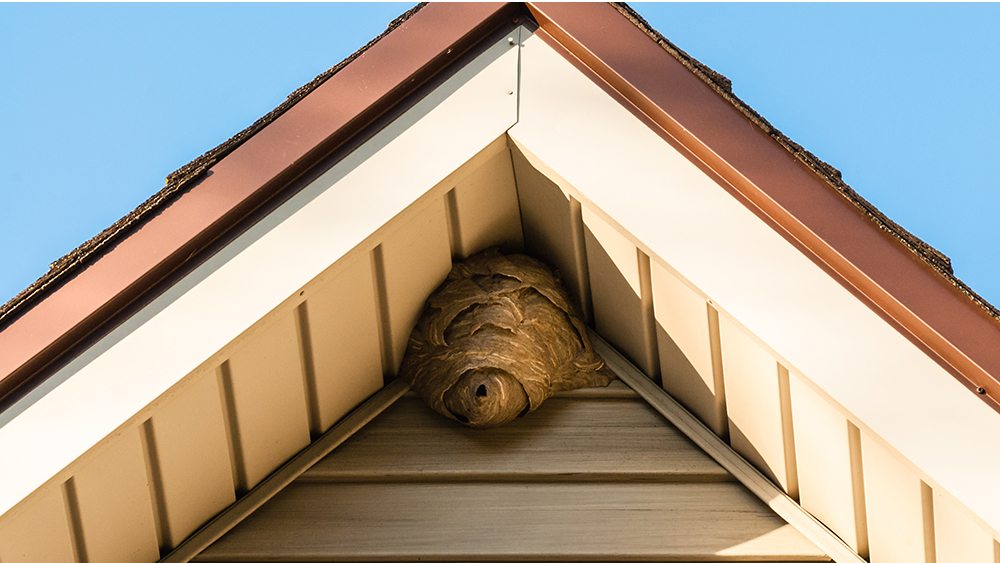This instructional guide provides an overview of how hive hongkong conducts their operations to effectively and safely remove wasp nests. By following these guidelines, professionals can ensure a smooth and successful wasp nest removal process while prioritizing safety and minimizing the risk of stings.

- Safety Precautions:
- a) Personal Protective Equipment (PPE): Ensure that all personnel involved in the operation wear appropriate PPE, including protective clothing (coveralls), gloves, face shields or goggles, and a properly fitted respirator mask.
- b) Site Assessment: Conduct a thorough assessment of the nest site and surrounding area. Identify potential hazards, such as proximity to electrical wires, obstacles, or sensitive areas, to ensure the safety of both the professionals and the environment.
- c) Emergency Response Plan: Develop an emergency response plan in case of unexpected incidents, such as severe allergic reactions or injuries. Ensure that all team members are familiar with the plan and know how to respond to emergencies effectively.
- Wasp Nest Removal Process:
- a) Time of Operation: Choose the optimal time for wasp nest removal, typically early morning or late evening when wasps are less active and inside the nest. Avoid performing removal during peak activity periods, such as midday.
- b) Access and Containment: Determine the best approach to access the nest safely, considering its location and accessibility. Use ladders, scaffolding, or specialized equipment, if necessary. Establish a perimeter around the nest area to restrict access and minimize the risk of wasps escaping during the removal process.
- c) Treatment Methods: Select an appropriate treatment method based on the nest size, location, and species of wasps. Common methods include insecticidal sprays, dusts, or foams designed specifically for wasp control. Follow product instructions carefully, applying the treatment directly to the nest and entrance points.
- d) Nest Removal: Once the treatment has taken effect, remove the nest cautiously. Use long-handled tools, such as extendable poles or hooks, to detach the nest from its attachment point. Place the nest in a sealed bag or container for safe disposal.
- Post-Operation Cleanup:
- a) Decontamination: Thoroughly clean and decontaminate the equipment and PPE used during the removal process. Follow appropriate protocols to prevent the spread of contaminants and ensure that all reusable items are properly sanitized.
- b) Site Inspection: Conduct a final inspection of the nest site to ensure that no remnants or additional nests remain. Verify that the area is safe and free from any hazards that could attract new wasp colonies.
- c) Client Communication: Communicate with the client to provide information on the operation’s success, any follow-up recommendations, and preventive measures to discourage future wasp nesting.
Conclusion:
Following these instructional guidelines will enable Wasp Nest Removal Hive Hong Kong to conduct their operations safely and effectively. By prioritizing safety precautions, implementing a structured wasp nest removal process, and conducting thorough post-operation cleanup, professionals can ensure successful removal while minimizing risks to themselves and the surrounding environment. Adhering to these guidelines helps maintain a high standard of service and client satisfaction for Wasp Nest Removal Hive Hong Kong.
